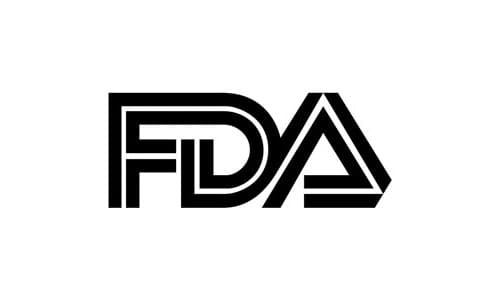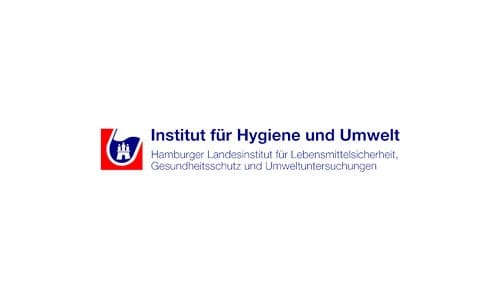FAQ
- Home
- FAQ
What is hypochlorous acid?
Hypochlorous acid is a free chlorine molecule with the chemical structure HOCl. In chlorine solutions, free chlorine species predominate, slightly acidic to neutral pH. HOCl is a much stronger oxidant than sodium hypochlorite (or chlorine bleach).
Does it appear in nature?
Hypochlorous acid is produced naturally by the white blood cells of all mammals. It is used by white blood cells to kill invading microbial pathogens.
How does it kill microbial pathogens?
Hypochlorous acid (HOCl) is a neutrally charged molecule. Bacteria have negatively charged cell walls. Like magnets, molecules with the same charge repel each other. For example, the negatively charged bleach molecule (OCl-) is repelled by bacterial cell walls. This does not apply to neutrally charged HOCl. HOCl easily penetrates bacterial cell walls. HOCl either oxidizes the cell walls, killing the bacteria, or it enters through the cell walls and destroys vital components within the bacteria.
Are there any disadvantages?
Unlike many other sanitation chemicals, hypochlorous acid has no ongoing antimicrobial effect. In other words, when it lands on a surface, it reacts with any microbes or organic matter on that surface and is immediately inactivated. This is both good and bad. This is good because it allows for sanitation without requiring post-rinsing because no toxic chemicals are left behind. The disadvantage is that it is produced on site.
How is hypochlorous acid made?
Hypochlorous acid is made through a process called electrolysis. By passing a sodium chloride solution (NaCl) through an electrolysis cell containing an anode and a cathode, electrolyzed water is produced.
Can hypochlorous acid be made from bleach?
Hypochlorous acid can be made from chlorine bleach by dilution, but there are limitations. Hypochlorous acid is virtually absent in a free chlorine solution above pH 9. The pH of chlorine bleach is above 13. By diluting chlorine bleach, the pH can be lowered, but the free chlorine concentration is also lowered. Upon dilution of chlorine bleach to pH 8.5, the percentage of free chlorine, which is hypochlorous acid, is less than 5%. Further dilution will dilute the available free chlorine concentration to unnecessary levels. Trying to lower the pH with acidifiers also won’t help as the chlorine bleach will react violently and the free chlorine product will be lost as chlorine gas. Therefore, Electrolysis is the only safe method to produce high concentrations of acidic-neutral pH free chlorine solutions dominated by hypochlorous acid. At pH 5, the percentage of free chlorine, which is hypochlorous acid, is over 99%.
How effective is hypochlorous acid in killing bacteria?
Chlorine is a highly effective disinfectant for neutralizing bacteria. A study conducted in the 1940s investigated inactivity levels as a function of time for E. coli, Pseudomonas aeruginosa, Salmonella typhi and Shigella dysenteriae (Butterfield et al. 1943). Study results showed that HOCl was more effective than OCl (i.e. chlorine bleach) in inactivating these bacteria. These results have been confirmed by many researchers who concluded that HOCl was 70 to 80 times more effective than OCl for inactivating bacteria (Culp/Wesner/Culp, 1986). Since 1986, there have been hundreds of publications confirming the superiority of HOCl over OCl.
HOCl may be more effective than OCl – for two reasons, firstly because it retains a neutral charge and can therefore easily penetrate the negatively charged cell walls of bacteria. The second reason is that HOCl has a much higher oxidation potential than OCl-.
How effective is it at killing viruses?
Hypochlorous acid (HOCl) has been researched and proven effective against many viruses.
Can it clear or prevent biofilm?
Yes, hypochlorous acid is very effective in clearing biofilm and preventing its formation.
What concentration of hypochlorous acid should be used?
The concentration to be used depends on the application. Disinfecting food items such as fruits, vegetables, fish and seafood is highly effective at 20-30 ppm, but the FDA allows the use of concentrations as high as 60 ppm without requiring a post-rinse. Disinfecting food contact surfaces is also effective at 20-30 ppm, although concentrations up to 200 ppm are allowed by the FDA. Disinfection of water is effective at 1-2 ppm, but the EPA allows 4 ppm. When deciding which concentration to use, it is best to reference research. More than 300 research papers have been published covering almost every application. How is concentration measured? Hypochlorous acid is measured with the same standard test strips that measure free chlorine in a pool. The test strips will turn a different shade of purple to indicate concentration between 10 and 200 ppm. For higher concentrations the tested solution can be diluted. (Example: A 1000 ppm solution may be diluted 1:10. A test strip may read 100 ppm, indicating that the original solution was 1000 ppm.)
Has hypochlorous acid been investigated?
More than 300 research papers have been published covering almost every application.










